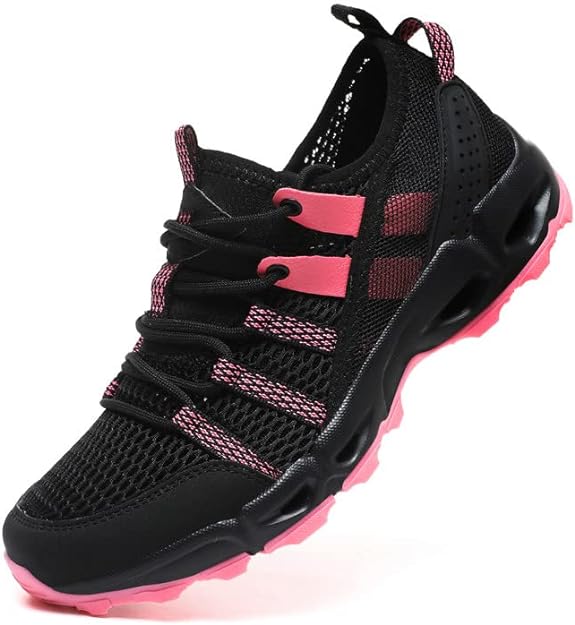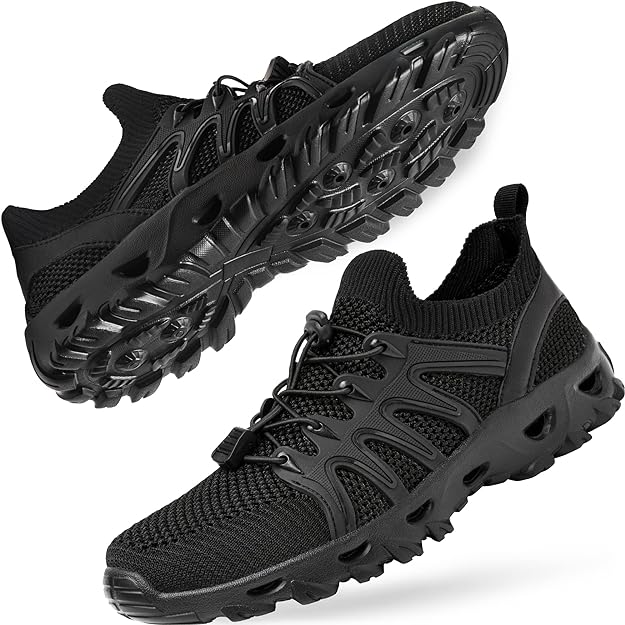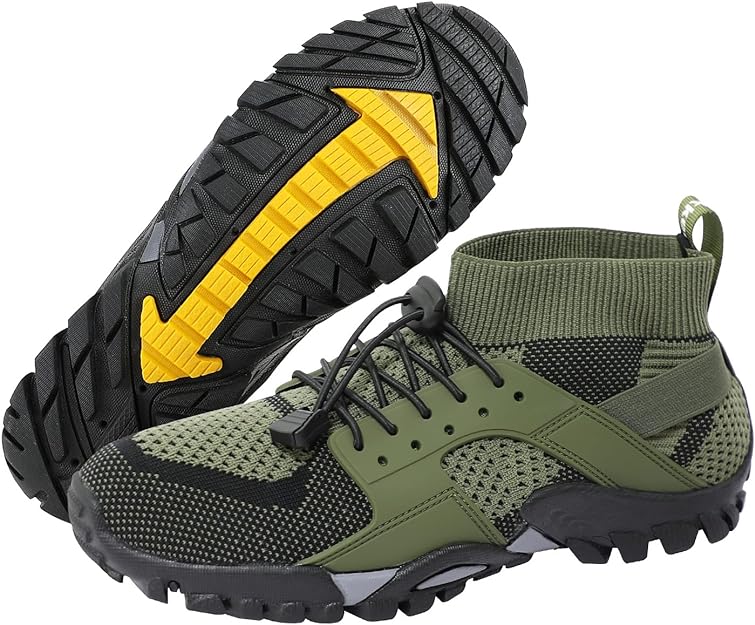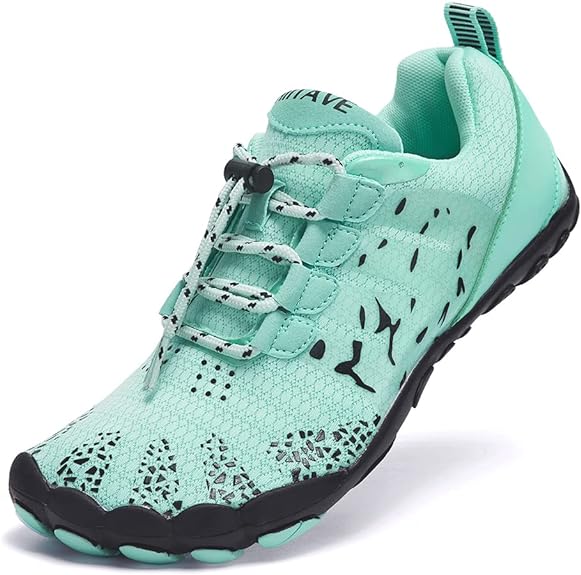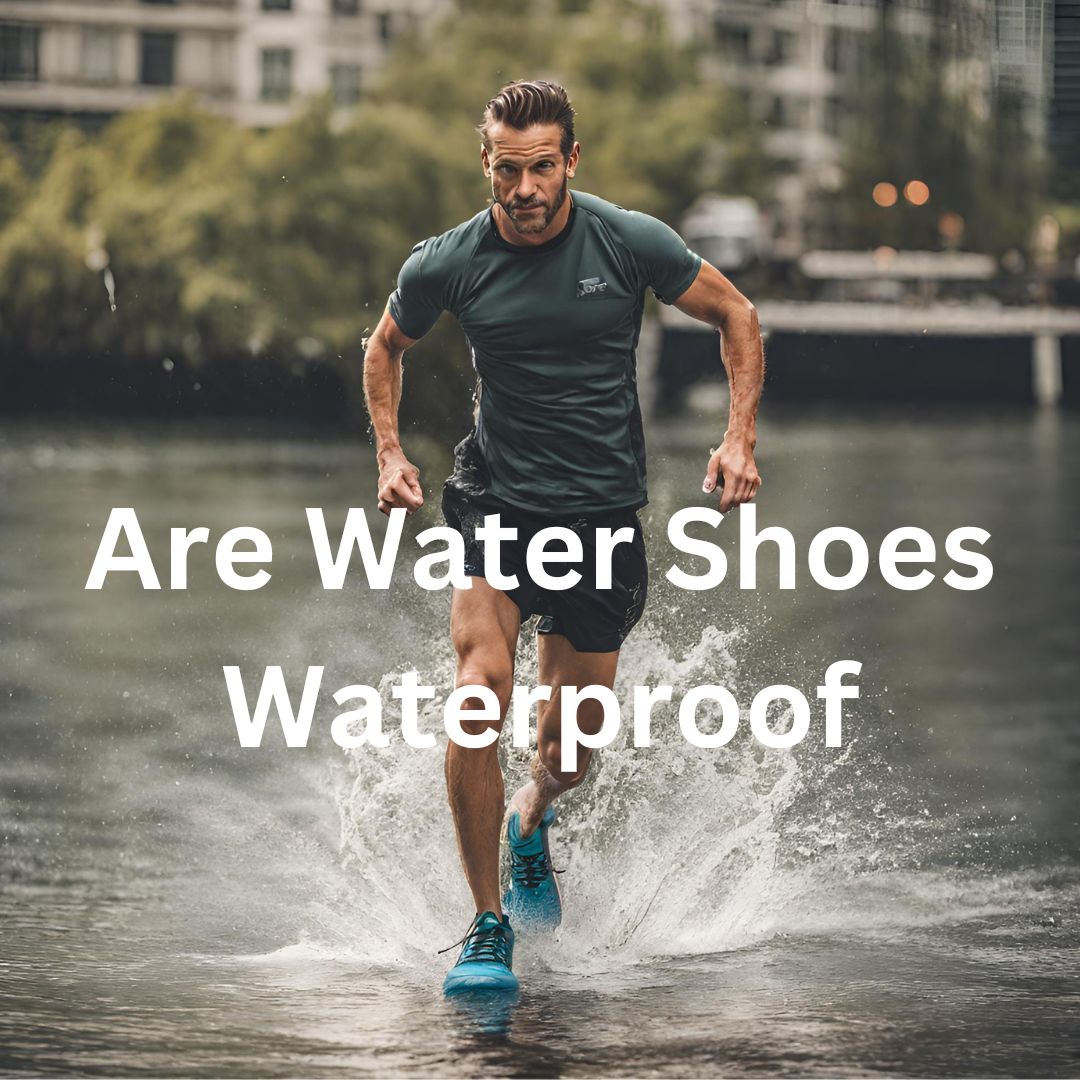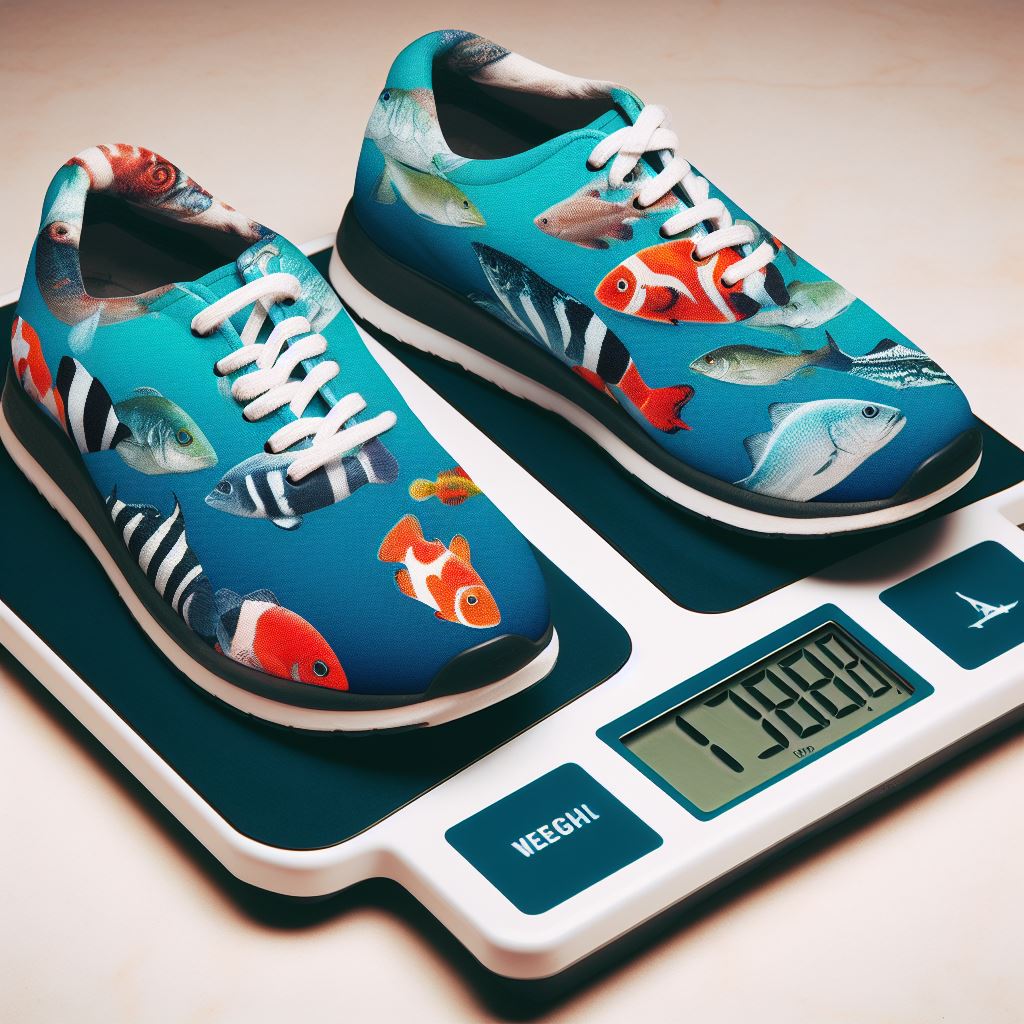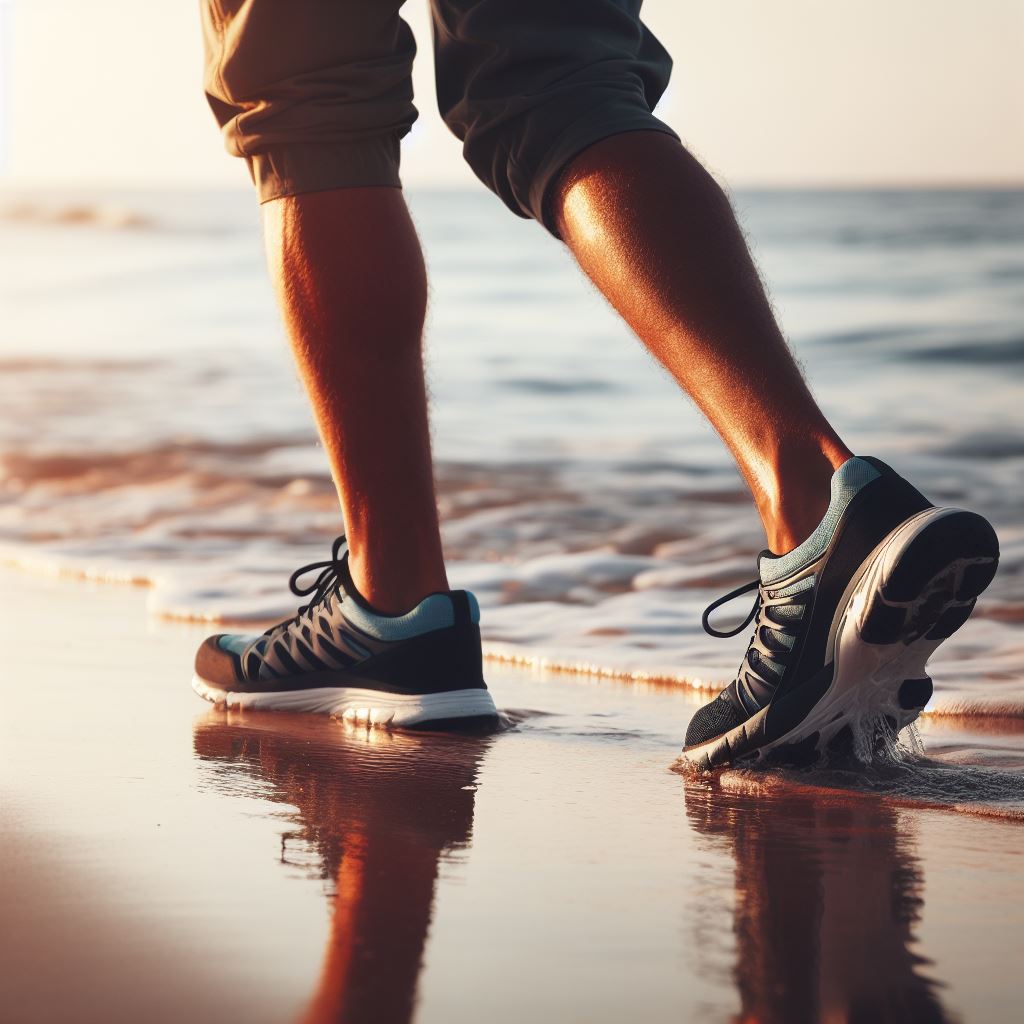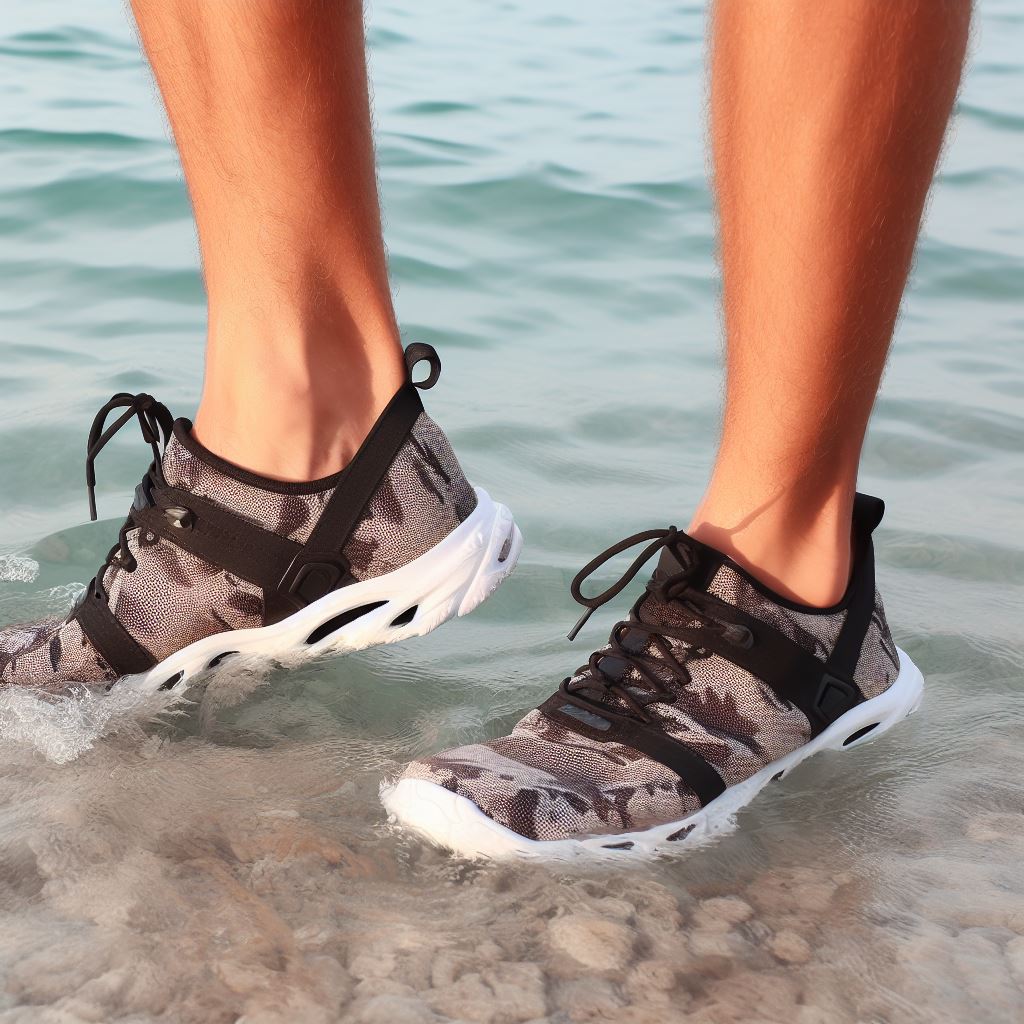Are Water Shoes Good For Hiking – Discover The Secrets For An Epic Outdoor Adventure
Are water shoes good for hiking? In a word: Yes. Water shoes have become a versatile choice for outdoor enthusiasts, and you might be surprised at just how well they perform on the hiking trail.
Picture this: a shoe that combines the lightweight, quick-drying benefits of aqua footwear with the ruggedness needed for the wilderness. Water shoes, designed with hikers in mind, offer excellent breathability and the agility to navigate wet terrains, making them an intriguing option for those looking to elevate their hiking experience.
In this article, we’ll dive into the world of water shoes and hiking. We’ll explore the pros and cons and provide expert advice on when and where water shoes shine on the trail. Whether you’re an adventurous explorer or just curious about the possibilities, this guide will help you.
Are Water Shoes Good For Hiking
Yes, water shoes can be a good choice for certain hiking conditions. Water shoes are designed to provide traction and protection in wet and aquatic environments, making them ideal for hiking near creeks, rivers, or in areas with frequent water crossings.
They are known for their quick-drying properties and lightweight design, which can be advantageous when hiking in environments where your feet are likely to get wet. However, it’s important to consider the specific hiking conditions and terrain.
In some cases, traditional hiking boots or shoes might offer better ankle support and durability for rough and rocky trails. The suitability of water shoes for hiking depends on your individual preferences and the nature of the hike you plan to undertake.
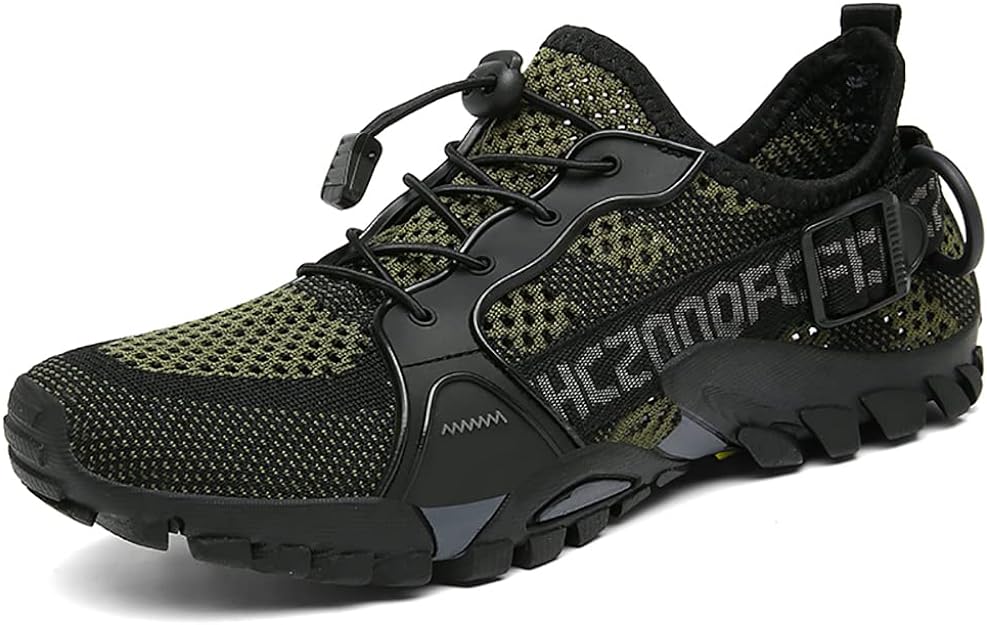
What Are Water Shoes (Are Water Shoes Good For Hiking)
Water shoes are specialized footwear designed for activities that involve being in or around water. They are typically made from lightweight and quick-drying materials to provide comfort and protection in wet environments.
The primary purpose of water shoes is to offer support and traction for activities such as swimming, snorkeling, kayaking, paddleboarding, and other water sports, where conventional shoes or sandals may not be suitable.
Key characteristics of water shoes include:
- Quick-Drying: Water shoes are constructed from materials that dry rapidly, minimizing discomfort and preventing waterlogged feet.
- Breathable: They are designed to be breathable, allowing air to circulate and reduce the risk of foot odor and moisture buildup.
- Grippy Soles: Water shoes have outsoles with patterns or treads that provide traction on slippery and wet surfaces, ensuring stable footing.
- Toe Protection: Many water shoes feature reinforced toe caps to shield the toes from potential impacts and injuries in aquatic environments.
- Secure Fit: They typically have adjustable straps or laces to secure the shoes to the foot and prevent them from slipping off during water activities.
While water shoes are primarily associated with water-based activities, they have also gained popularity among hikers for certain trail conditions.
Hikers may use them for crossing streams, navigating muddy terrain, or hiking in areas with frequent water features. Their lightweight design and quick-drying properties make them a versatile choice for outdoor enthusiasts exploring diverse environments.
The Best Water Shoes For Hiking (Are Water Shoes Good For Hiking)
Prepare to elevate your hiking game with the perfect fusion of comfort, agility, and adventure-ready footwear. In the world of outdoor exploration, the right pair of water shoes can be your secret weapon.
Whether you’re eyeing those refreshing creek crossings, wet terrains, or simply seeking a more versatile hiking experience, we’ve got you covered. Let’s dive into the realm of the best water shoes for hiking, where every step is an opportunity to embrace the wild and wade through the unknown.
Product Image | Product Name | Key Features | Rating | Price |
| ||||
| ||||
| ||||
| ||||
| ||||
| ||||
| ||||
| ||||
| ||||
|
Benefits And Potential Drawbacks Of Using Water Shoes For Hiking (Are Water Shoes Good For Hiking)
Benefits
- Quick-Drying Properties: Water shoes are designed to shed water rapidly, preventing them from becoming waterlogged. This feature ensures your feet stay relatively dry and comfortable, especially when you encounter wet or soggy terrain.
- Lightweight Design Non-Slip: Water shoes are typically lightweight, making them a great choice for hikers who prefer minimalistic footwear. The reduced weight can lead to less fatigue during extended hikes.
- Breathability: These shoes are designed with breathable materials, which can help keep your feet cool and reduce the risk of blisters, especially in hot and humid conditions.
- Versatility: Water shoes are not only suitable for hiking but also for a variety of water-based activities like kayaking, canoeing, or beachcombing. This versatility makes them a valuable addition to your outdoor gear.
Drawbacks
- Limited Ankle Support: Unlike traditional hiking boots, water shoes often lack the ankle support necessary for navigating challenging and rocky terrains. This can be a concern in areas with uneven surfaces or when carrying heavy backpacks.
- Reduced Durability: While water shoes are designed for quick-drying, they may not be as durable as hiking boots, especially when subjected to rough and abrasive terrains. Sharp rocks and thorny underbrush can potentially damage them.
- Traction on Certain Surfaces: The grip of water shoes may not be as robust as that of dedicated hiking footwear, making them less suitable for steep or slippery terrain. In such conditions, you may need more traction for safety.
- Limited Protection: Water shoes provide minimal protection against sharp objects or debris on the trail. Your feet may be more susceptible to injury in areas with sharp rocks, thorns, or rugged underfoot conditions.
Considerations For Choosing Water Shoes (Are Water Shoes Good For Hiking)
When it comes to choosing the right water shoes for your hiking adventures, several key considerations can help you make an informed decision. Here are some essential factors to keep in mind:
- Terrain and Hiking Conditions: Consider the type of terrain you’ll be traversing. If your hikes involve frequent water crossings, rocky riverbeds, or muddy trails, prioritize water shoes with enhanced grip and durability. For less demanding trails with occasional water features, versatility and comfort may be more important.
- Fit and Comfort: A proper fit is crucial for any hiking footwear. Ensure your water shoes fit securely but comfortably, without causing friction or discomfort. Consider the type of closure (laces, straps, or slip-on) that best suits your feet.
- Traction: Look for water shoes with a reliable outsole that provides good traction on a variety of surfaces, including wet rocks, slippery riverbeds, and muddy trails. The sole’s design and material can greatly impact your stability.
- Support: Assess the level of ankle support you require. Water shoes often offer less ankle support compared to hiking boots, so consider the nature of your hikes and whether you need extra ankle protection or not.
- Drainage and Quick-Drying: Effective drainage is essential for water shoes. Opt for models with drainage ports or mesh panels to ensure that water quickly escapes, keeping your feet dry and comfortable. Quick-drying materials are a plus.
- Protection: Evaluate the level of toe protection your chosen water shoes provide. Some models feature reinforced toe caps to shield your toes from potential impacts and hazards.
- Weight: Water shoes are known for their lightweight design, but the weight can vary. If you prioritize minimalism and agility, opt for lighter models. If durability and ruggedness are your main concerns, you may accept slightly more weight.
- Breathability: Hiking can be a strenuous activity, so breathability is important. Choose water shoes with materials that allow air circulation to prevent moisture buildup and discomfort.
- Durability: Consider the expected lifespan of your water shoes, especially if you plan to use them for regular hiking. High-quality materials and reinforced stitching contribute to long-lasting performance.
- Brand and Model: Research reputable brands and specific models that have received positive reviews from hikers. Hearing about the experiences of other outdoor enthusiasts can be valuable in your decision-making process.
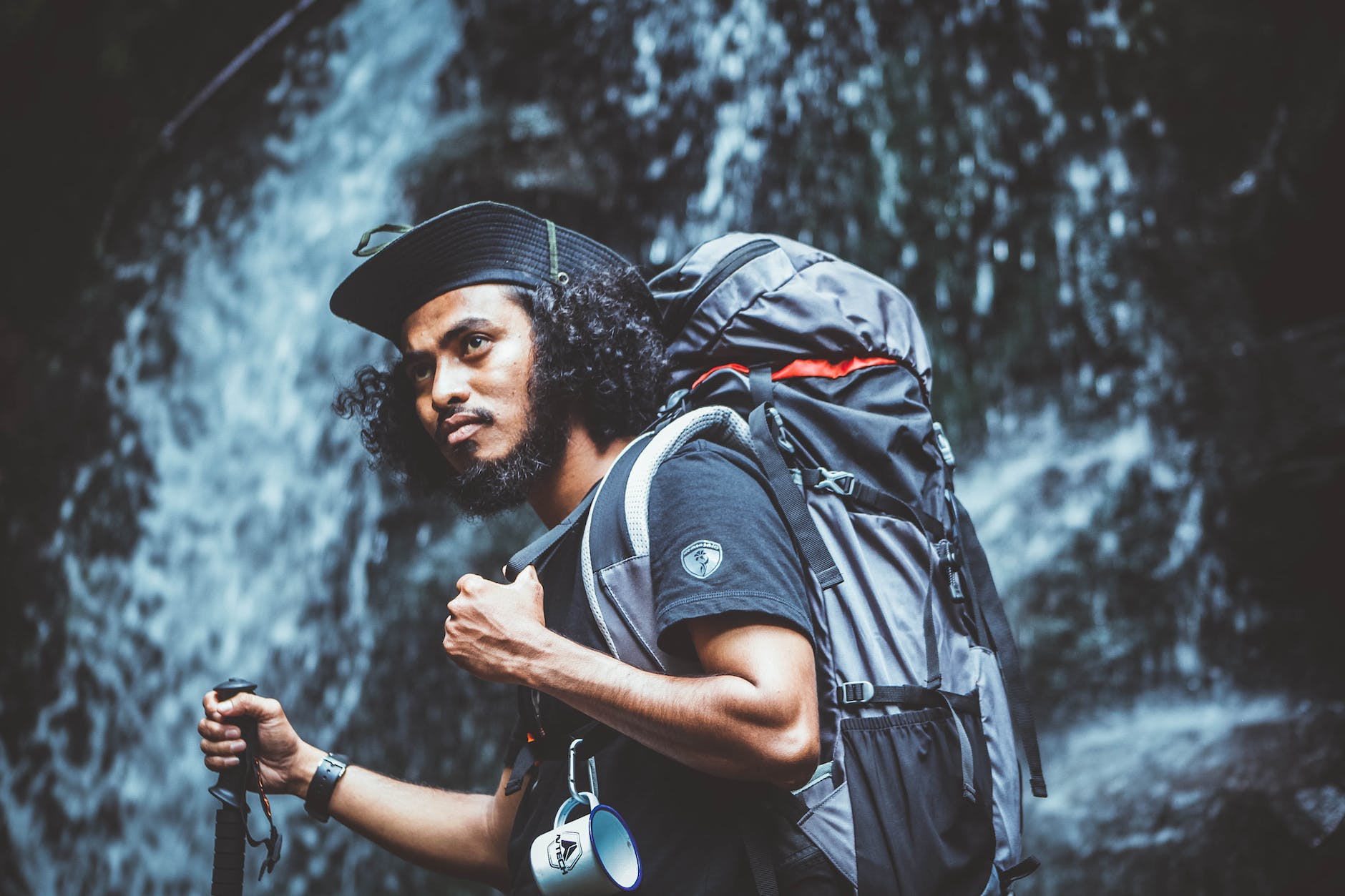
Alternative Footwear Options Suitable For Hiking (Are Water Shoes Good For Hiking)
there are several alternative footwear options to water shoes that are suitable for hiking, each with its own set of advantages and ideal use cases. Here are some alternatives:
1. Hiking Boots
Hiking boots are the go-to choice for many hikers, especially on challenging and rugged terrain. They offer excellent ankle support, stability, and protection from rocks, roots, and rough terrain.
Look for waterproof or water-resistant models if you anticipate hiking in wet or muddy conditions.
2. Hiking Shoes
Hiking shoes are a lighter and more flexible alternative to hiking boots. They provide good traction, support, and protection while allowing for greater agility.
Ideal for day hikes or less demanding trails where the extra weight and rigidity of boots may not be necessary.
3. Trail Running Shoes
Trail running shoes are designed for speed and agility on the trail. They offer lightweight construction, cushioning, and good traction for moving quickly over a variety of terrains.
Suitable for fast-paced hikes and trail running activities, but they may provide less ankle support.
4. Hiking Sandals
Hiking sandals combine the open design of sandals with the ruggedness of hiking footwear. They are suitable for hiking in hot weather and in areas with multiple water crossings.
Often quick-drying and offer good breathability, but may provide less protection in challenging terrain.
5. Approach Shoes
Approach shoes are a hybrid between hiking shoes and climbing shoes. They are designed for technical terrain and scrambling.
Ideal for hikes that involve rock scrambling or climbing, providing excellent grip and precision.
6. Trekking Sandals
Trekking sandals are designed for extended treks and water-based activities. They often have more support and protection compared to regular sandals.
Great for hikes in hot climates and regions with numerous water features.
7. Backpacking Boots
Backpacking boots are designed for carrying heavy loads on multi-day hikes. They offer maximum support, durability, and stability.
Best suited for long-distance hikes and backpacking trips where you carry a significant load.
Your choice of footwear depends on factors like the terrain, weather conditions, the length of your hike, and your personal preferences. It’s essential to match your footwear to the specific demands of your hiking adventure to ensure comfort, safety, and an enjoyable experience on the trail.
RELATED: Can Water Shoes Be Used For Walking – 10 Best Water Shoes For Walking
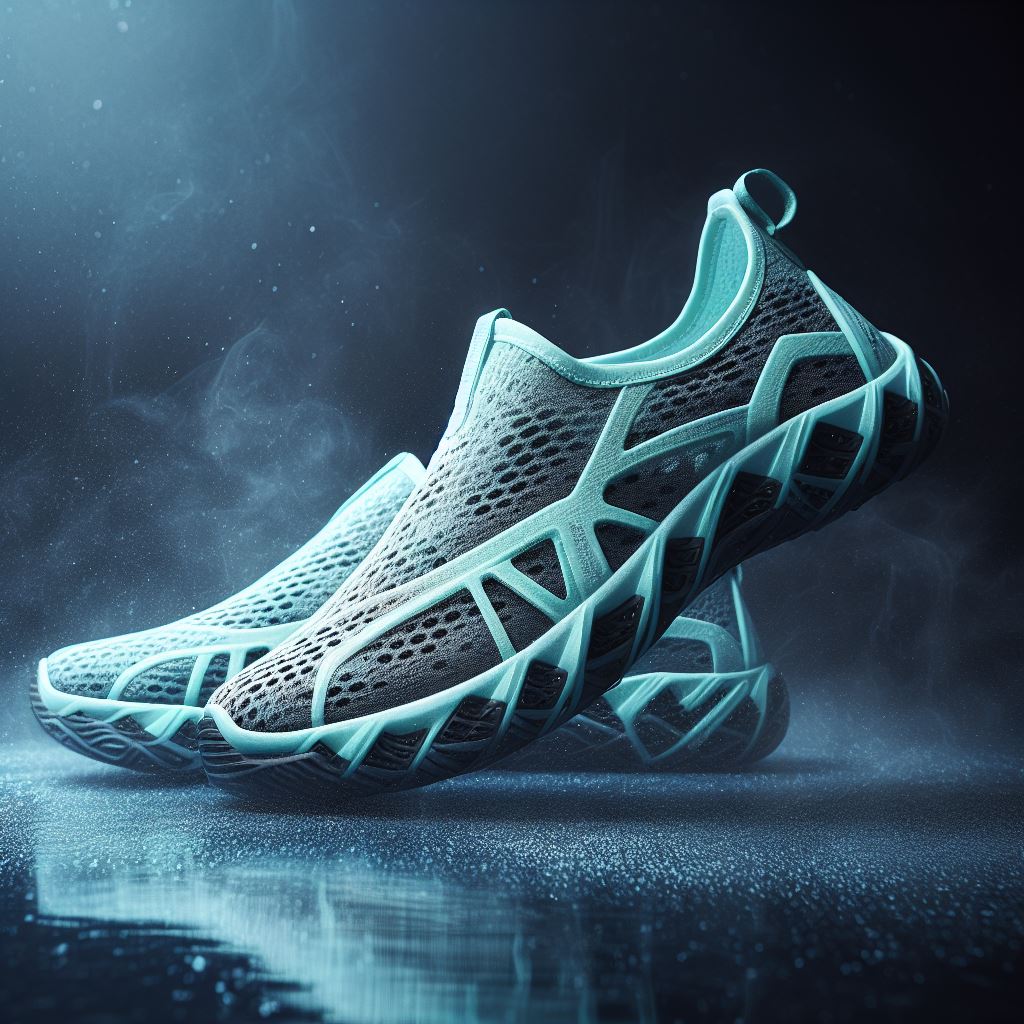
How To Make The Most Of Water Shoes During Hikes (Are Water Shoes Good For Hiking)
To make the most of your water shoes during hikes, consider these hiking tips for optimizing your comfort, performance, and safety on the trail:
- Proper Fit: Make sure your water shoes fit securely but comfortably. They should provide a secure fit without causing pressure points or friction. Remember that a well-fitting shoe is essential to prevent blisters and discomfort during long hikes.
- Select the Right Type: Choose water shoes designed for hiking or amphibious activities. These models often offer better traction, durability, and foot protection, making them suitable for various trail conditions.
- Wear the Right Socks: Select moisture-wicking or synthetic socks that work well with water shoes. These socks will help keep your feet dry and minimize friction. Avoid cotton socks, which can retain moisture.
- Adjust Laces or Straps: If your water shoes have laces or straps, ensure they are adjusted properly to secure your feet and prevent slipping or discomfort. Tighten or loosen them as needed during your hike.
- Consider Insoles: For added comfort and arch support, consider using removable insoles or orthotic inserts designed for water shoes. This can improve cushioning and reduce fatigue during longer hikes.
- Foot Care: Pay attention to foot care. Trim your toenails to prevent any discomfort or injuries. Apply anti-chafing products or blister prevention solutions to reduce friction.
- Choose the Right Terrain: Water shoes are best suited for trails with water features, creek crossings, and wet conditions. Use them on trails where their quick-drying properties and grip will be most beneficial.
- Drainage: Embrace the water shoes’ quick-drying capabilities. Don’t worry about getting them wet; they are designed to shed water and dry fast. Take advantage of this feature, and don’t hesitate to walk through streams and puddles.
- Maintain Traction: Pay attention to the condition of the outsoles. Keep them clean and free from debris to maintain good traction. Avoid slippery rocks or surfaces when possible, as water shoes may have limitations on certain terrains.
- Use Gaiters: If hiking in sandy or debris-heavy areas, consider using gaiters to keep debris out of your water shoes, which can reduce discomfort and abrasion.
- Carry Spare Shoes: If your hike involves both wet and dry sections, consider carrying a lightweight pair of camp shoes (like flip-flops) or a dry pair of hiking shoes/boots to switch into when you’re out of the water.
- Regular Inspections: Periodically inspect your water shoes for signs of wear and tear. Look for loose stitching, sole damage, or other issues that may impact their performance and safety.
RELATED: Are Water Shoes Necessary – Unlock the Secrets And Get the Facts
The Bottom Line On Are Water Shoes Good For Hiking
Are water shoes good for hiking? The answer is a resounding “yes” for those who appreciate the versatility and agility they bring to the trail. Water shoes offer a dynamic approach to hiking, particularly in wet and challenging environments.
By considering the specific demands of your hike and the features of your chosen water shoes, you can unlock an adventure that seamlessly blends land and water. So, gear up, take the plunge, and embrace the best of both worlds as you step confidently into your next hiking journey with water shoes by your side.


